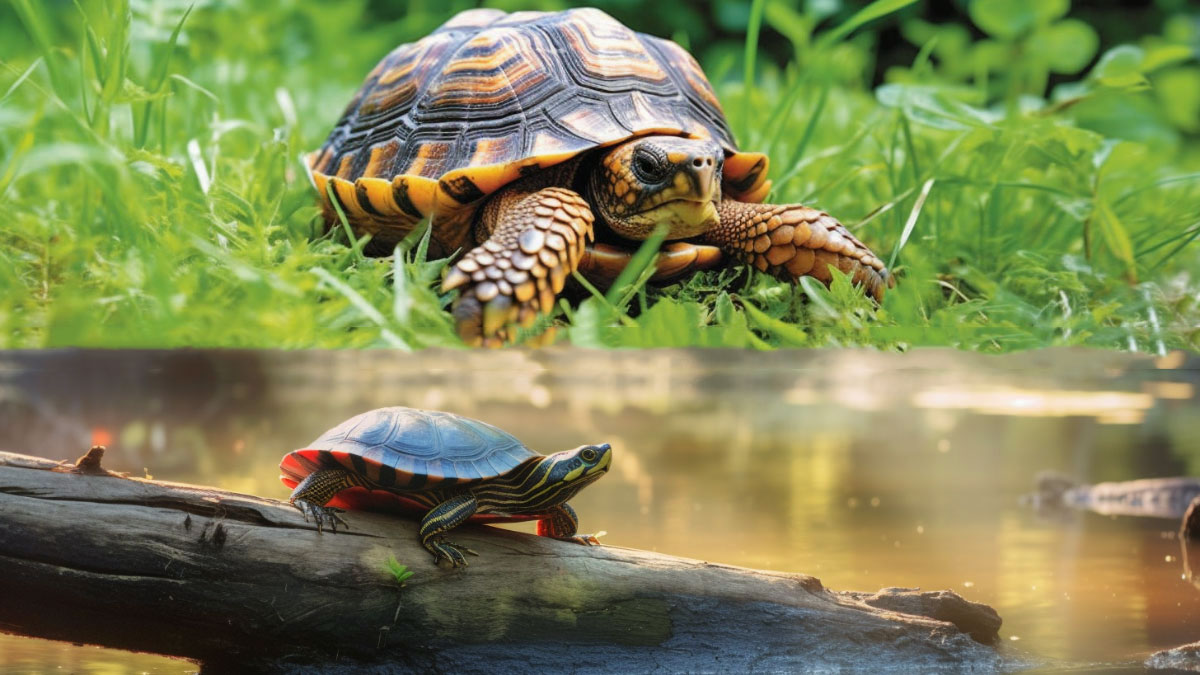Tortoise Vs. Turtle: Are These Same Or Different?
Due to their distinctive shells and slow-moving gait, these creatures are often associated with wisdom and longevity. “Tortoise” and “turtle” are often used interchangeably, confusing many.
So, tortoise vs turtle: are these same or different? No, they are not the same. While they belong to the Testudines order, they differ in several ways. Tortoises are land-dwelling reptiles with
- Round
- Domed shells
- Short
- Sturdy legs
- and dry, scaly skin.
Turtles, on the other hand, are aquatic or semi-aquatic reptiles with
- Flattened shells
- Webbed feet
- and a more streamlined shape.
Note that all tortoises are turtles, but not all turtles are tortoises. This comprehensive guide will delve into the fascinating world of these unique creatures, unraveling their taxonomy and differences between them.
Taxonomy And Classification
Contents
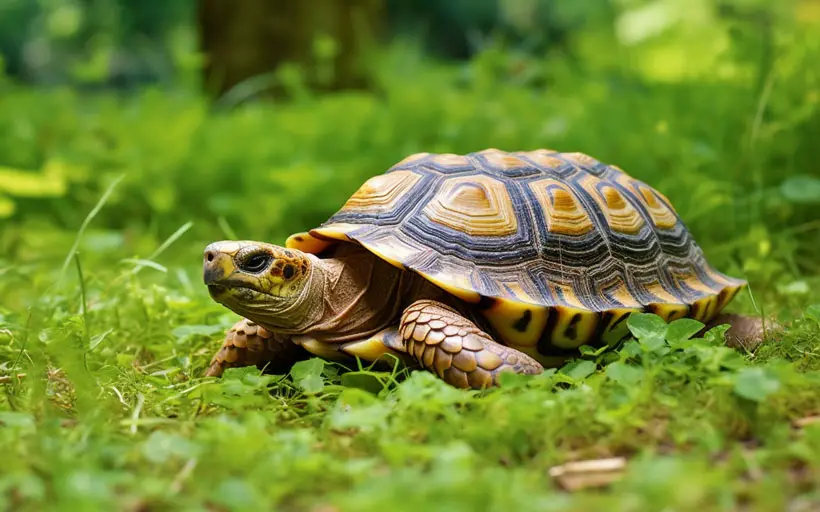
Taxonomy is the science of classifying organisms based on shared characteristics and evolutionary relationships.
- Tortoises and turtles are both classified as Testudines, also known as chelonians.
However, within this order, further subdivisions distinguish tortoises from turtles.
- Tortoises are members of the Testudinidae family, which includes over 50 species. These species are further classified into genera such as Geochelone, Testudo, and Gopherus.
- Turtles, on the other hand, are classified in a wider range of ways. They are divided into several families, including the Emydidae, Cheloniidae, Dermochelyidae, and Carettochelyidae.
- The green sea turtle (Chelonia mydas), loggerhead sea turtle (Caretta caretta), and snapping turtle (Chelydra serpentina) are all members of the same family.
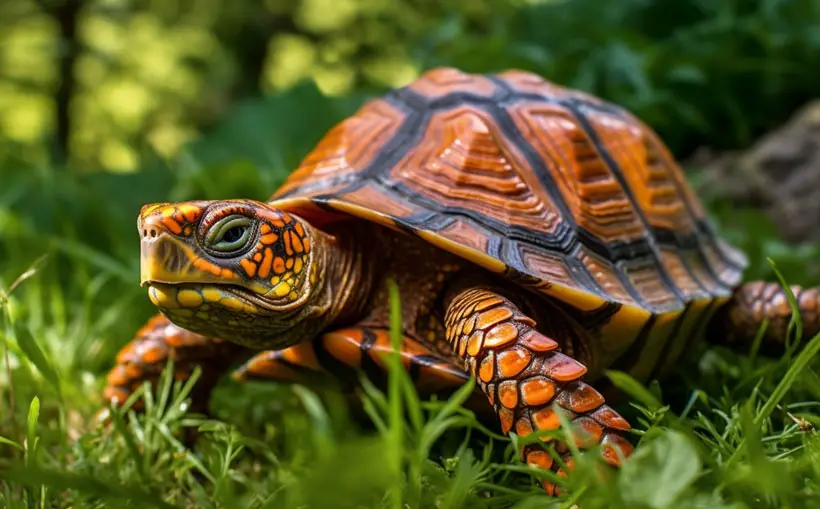
Tortoises and turtles are classified based on more than just their external physical characteristics. Genetic studies, geographical distribution, and ecological adaptations all play a role in taxonomic classification. Look at the table below to get an overview.
| Scientific classification | Tortoises | Turtles |
|---|---|---|
| Kingdom | Animalia | Animalia |
| Phylum | Chordata | Chordata |
| Class | Reptilia | Reptilia |
| Order | Testudines | Testudines |
| Family | Testudinidae | Emydidae, Cheloniidae, Dermochelyidae, and Carettochelyidae |
Differences Between Tortoises And Turtles
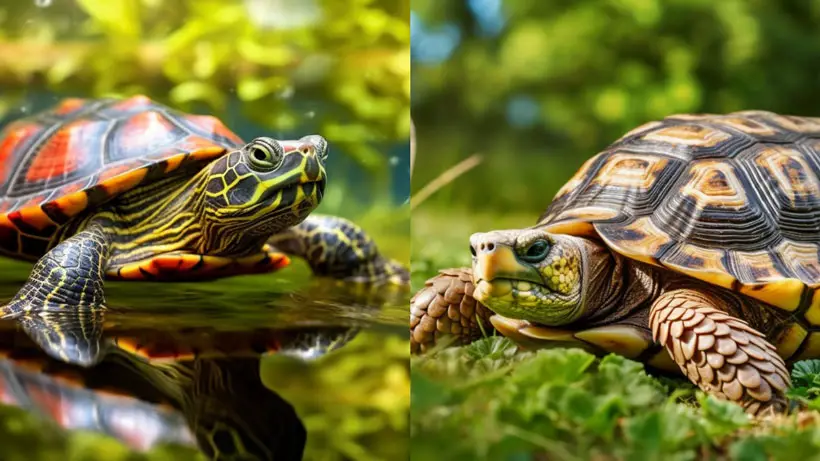
Here is a rundown of the differences between turtles and tortoises. We will divide this section into four sections; let’s get started.
Physical Characteristics
Tortoises and turtles have distinct physical characteristics tailored to their habitats and lifestyles. Each feature is critical to their survival and functionality, from their shells to their limbs and heads.
Shell
Tortoises have dome-shaped shells that are usually high and rounded. They are also hard and heavy, designed to withstand the pressure of the tortoise’s terrestrial environment. The coloration and pattern of the shell vary among species, providing camouflage and aiding in thermoregulation.
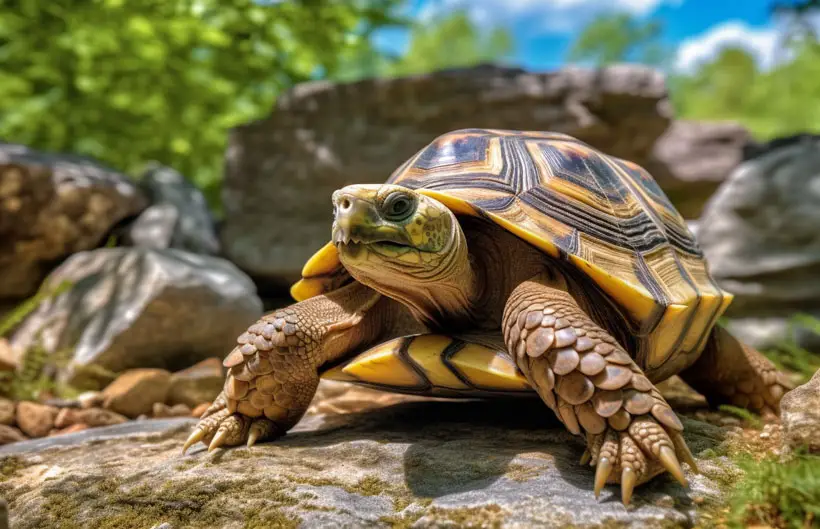
Turtles, on the other hand, have flatter and more streamlined shells. This shape reduces drag and allows for efficient movement in the water. The shells of turtles are lighter compared to those of tortoises.
Limbs and Feet
Tortoise limbs are generally short, muscular, and adapted for walking on land. They have short elephant legs and robust claws that help them dig and grip various types of terrain.
Turtle limbs are modified to form flippers. These flippers are elongated, flattened, and streamlined, providing excellent propulsion through the water.
Unlike tortoises’, turtle feet are webbed, with skin stretched between the toes. The webbing increases surface area, which improves maneuverability and swimming efficiency. However, box turtles are the exception as they do not possess flippers.
Head
Tortoises have large, robust heads. The head shape varies between species, with some having a rounded appearance and others having a pointed snout.
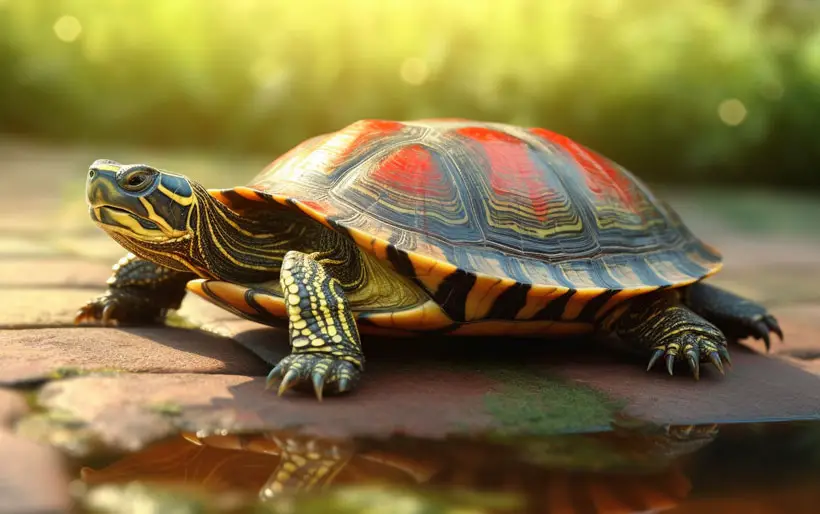
Turtles have streamlined heads that allow them to move through the water more efficiently. Compared to tortoises, the head is generally smaller than the body. Turtle heads are well-adapted for aquatic life, with a more hydrodynamic shape and reduced drag.
Skin and Scales
Tortoises have dry, scaly skin that helps them retain moisture in arid environments. The scales on their limbs and heads protect them from abrasions and injuries.
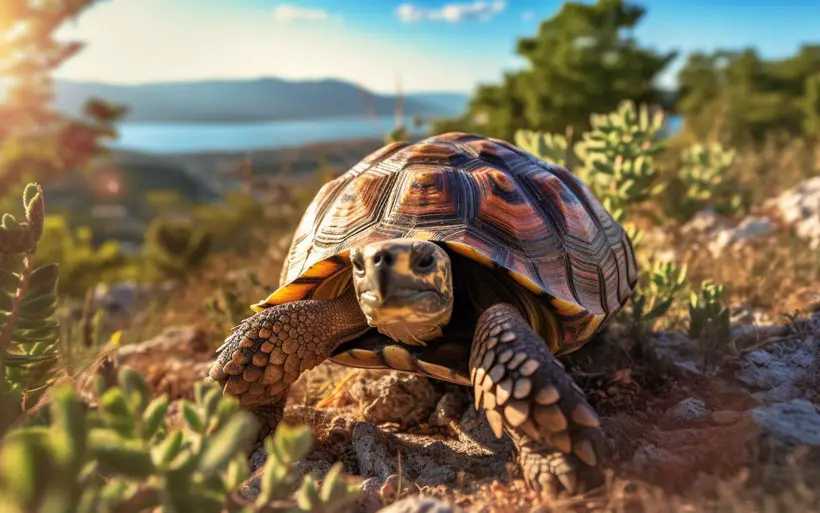
Turtles have smooth, often moist skin adapted to their aquatic or semi-aquatic lifestyle. Their skin is more streamlined and lacks tortoises’ dry, scaly texture.
Aquatic turtles may have specialized glands that secrete mucus, which reduces friction and allows for smoother movement through the water.
Shedding Scutes
Tortoise shells are made of large, thick, durable scutes that do not shed. Instead, the scutes overlap over time, resulting in the layered appearance of the tortoise’s shell.
Meanwhile, turtles shed their scutes. This shedding is more episodic and periodic, occurring at regular intervals rather than continuously. Turtles’ scutes completely regenerate during the shedding process. The old scutes are completely shed, allowing new ones to form.
Lifespan
Tortoises are known for longevity, with some species living for over a century. The Seychelles giant tortoise, for example, has been recorded to live for over 150 years, making it one of the world’s longest-living vertebrates.
Turtles, on the other hand, have shorter lives than tortoises. A turtle’s average lifespan is around 30 years, with larger turtle species living for around 65 years.
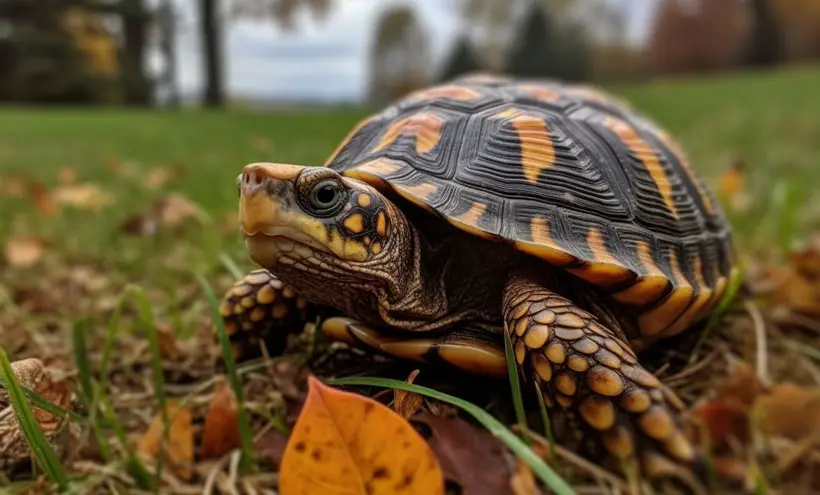
Diet
Tortoises are primarily herbivorous, feeding on plant material. In arid regions, they eat a variety of grasses, leaves, flowers, fruits, and even cacti.

Turtles have a more diverse diet than tortoises, with some species exhibiting omnivorous or carnivorous feeding habits in addition to herbivory. For example, snapping turtles are opportunistic feeders that can consume various prey, including fish.
Some turtle species have different diets depending on their life stage. Juvenile turtles may consume more carnivorous foods, whereas adults consume more herbivorous or omnivorous foods.
Habitat and Range
Tortoises have distinct geographic ranges and distributions. Various species exist in Africa, Asia, Europe, North America, and South America.
- For example, the African spurred tortoise (Centrochelys sulcata) is native to the Sahara Desert in North Africa, whereas the radiated tortoise (Astrochelys radiata) is only found in Madagascar.
- Turtles can be found worldwide in oceans, seas, rivers, lakes, and wetlands. Each turtle species has a distinct range and distribution influenced by factors such as the availability of suitable nesting sites, food sources, and temperature conditions.
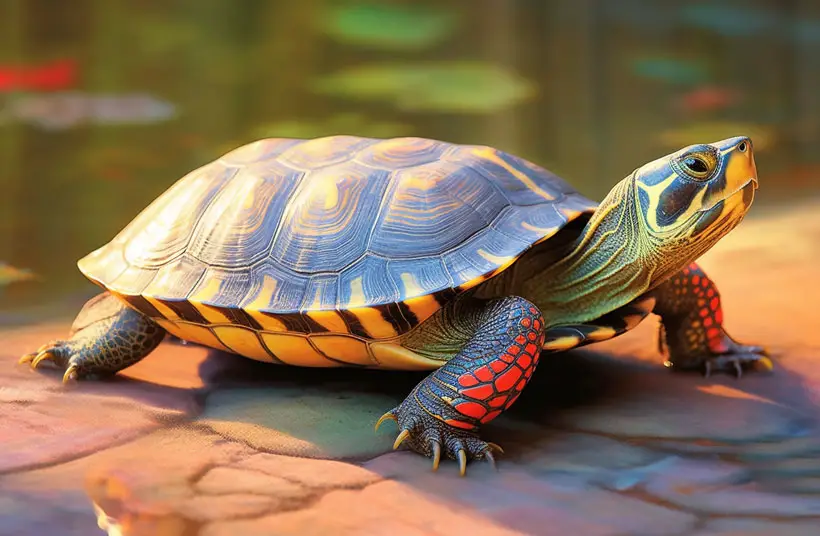
For example, the loggerhead sea turtle (Caretta caretta) lives in the Atlantic, Indian, and Pacific Oceans. Whereas the hawksbill sea turtle (Eretmochelys imbricata) lives in tropical and subtropical waters.
- Turtles can be found in both terrestrial and semi-aquatic environments. Terrestrial turtles, such as box turtles, are frequently found in forests, grasslands, and shrublands.
- Semi-aquatic turtles, such as painted turtles and sliders, have a broader range due to their ability to adapt to various freshwater habitats.
The Conservation Status Of Tortoises And Turtles
This is a matter of significant concern due to the numerous threats turtles and tortoises face in the wild. Many species of tortoises and turtles are currently listed as vulnerable, endangered, or critically endangered by international conservation organizations.
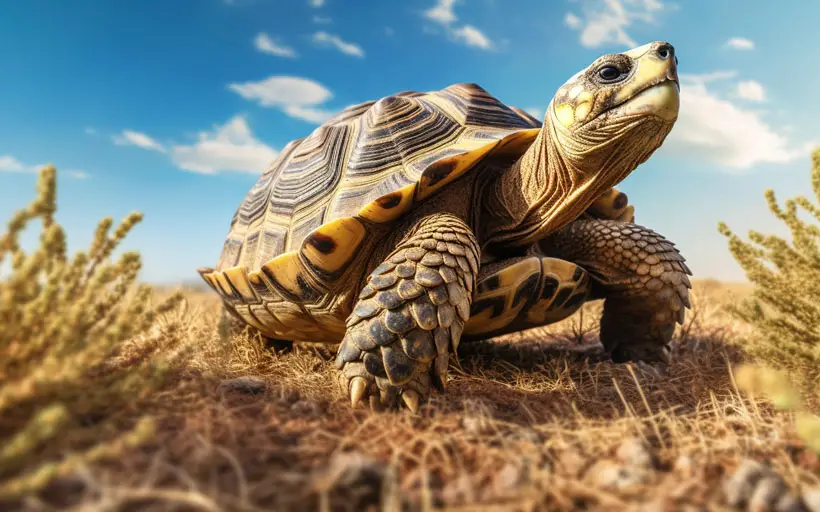
The following factors contribute to their declining populations and the need for conservation efforts:
- Habitat Loss: Rapid urbanization, deforestation, agricultural expansion, and the destruction of nesting sites have resulted in the loss of critical habitats.
This disrupts their natural behaviors, reduces their food sources, and limits their ability to find suitable nesting areas, leading to population declines.
- Pollution: Pollution, particularly water pollution, severely threatens aquatic turtles. Pollution from industrial waste, agricultural runoff, and plastic debris contaminates their habitats, affecting water quality and food sources.
- Climate Change: Rising temperatures affect the sex ratios of hatchlings in certain species, as the sex of some reptiles is determined by temperature during incubation. Shifts in temperature and rainfall patterns can also disrupt nesting and hibernation cycles.
- Illegal Wildlife Trade: Tortoises and turtles are highly sought after in the illegal wildlife trade. Their attractive shells, rarity, and perceived cultural value make them desirable commodities.
They are often illegally collected for the exotic pet trade, traditional medicine, and decorative purposes.
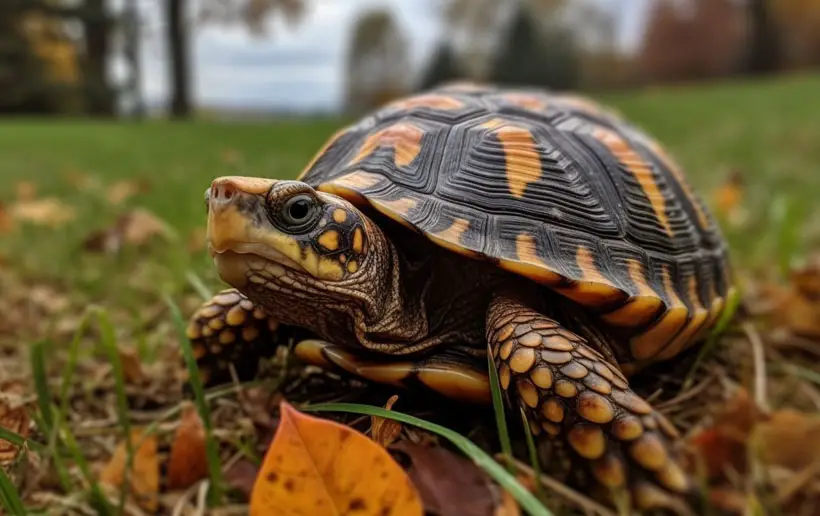
Conservation Efforts
- Habitat Protection: Establishing protected areas and conserving critical habitats to preserve suitable environments for tortoises and turtles.
- Captive Breeding Programs: Initiating breeding programs in captivity to enhance population numbers and genetic diversity and reintroduce individuals into the wild.
- Research and Monitoring: Conduct scientific studies to gather data on population trends, behavior, and habitat requirements to inform conservation strategies.
- Public Education and Awareness: This entails raising awareness about the importance of tortoises and turtles in ecosystems, their conservation status, and the threats they face through educational campaigns, outreach programs, and community engagement.
- Law Enforcement: Implementing measures to combat illegal wildlife trade, including stricter regulations, enforcement of existing laws, and collaboration with law enforcement agencies to crack down on poaching and smuggling.
- International Agreements and Legislation: Supporting and enforcing international agreements, such as CITES, to regulate and control the trade of threatened species and ensure their protection.
- Collaboration and Partnerships: Working with local communities, governments, NGOs, and international organizations to develop comprehensive conservation strategies and implement effective conservation actions.
FAQs
Here are other related questions about Tortoises vs. Turtles.
The size of tortoises and turtles varies according to species. While some tortoises are larger than certain turtle species, it is important to note that some turtles can also grow quite large.
The leatherback sea turtle, for example, is the largest living turtle species, with adult females reaching lengths of up to 7 feet and weighing over 1,000 pounds. Certain tortoise species, such as Hermann’s or the Russian tortoise, can grow 6 to 8 inches long and weigh a few pounds.
As a result, generalizing that tortoises are always larger than turtles is inaccurate because size varies among different species within each group.
No, they cannot. Tortoises and turtles belong to different families and thus cannot interbreed. While tortoises and turtles have some similarities, they have distinct genetic makeups and reproductive systems that prevent successful interbreeding.
Turtles and tortoises are popular pet reptiles. However, keeping a turtle or tortoise as a pet depends on various factors, including personal preferences, availability, legal regulations, and the specific care requirements of each species.
Conclusion
While turtles and tortoises share some characteristics, such as being cold-blooded, having protective shells, and belonging to the reptile class, significant differences distinguish them. Tortoises and turtles have a variety of physical adaptations that allow them to thrive in various environments.
The habitat, behavior, and diet differences between tortoises and turtles reflect their distinct ecological roles. Tortoises, primarily terrestrial creatures, are skilled at foraging on vegetation and navigating various terrestrial environments. Turtles, on the other hand, have evolved to live in both aquatic and terrestrial environments.

